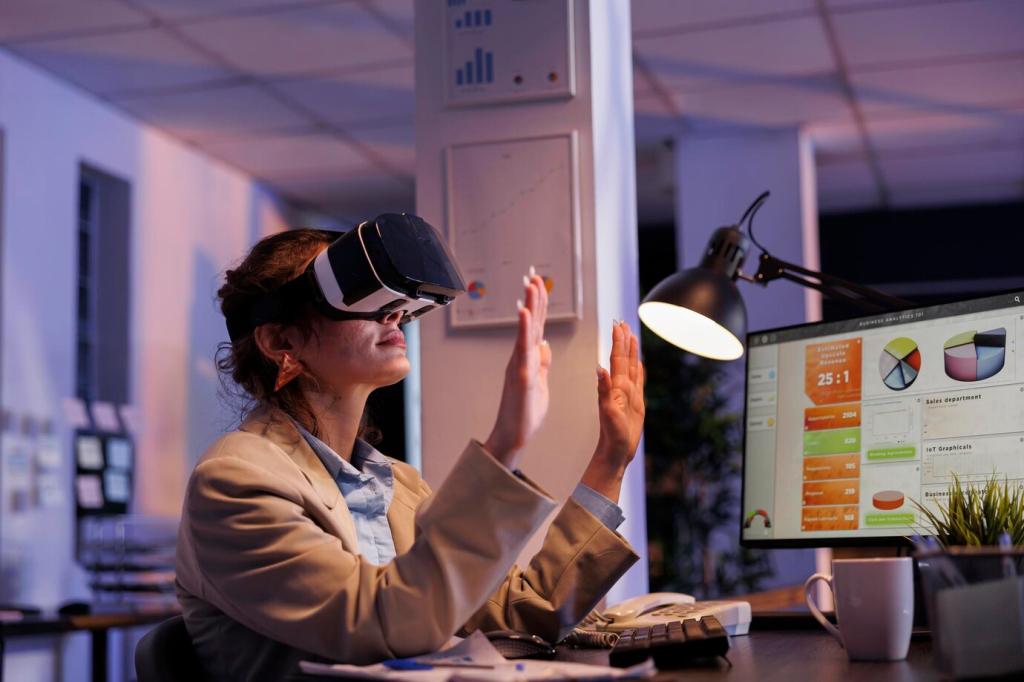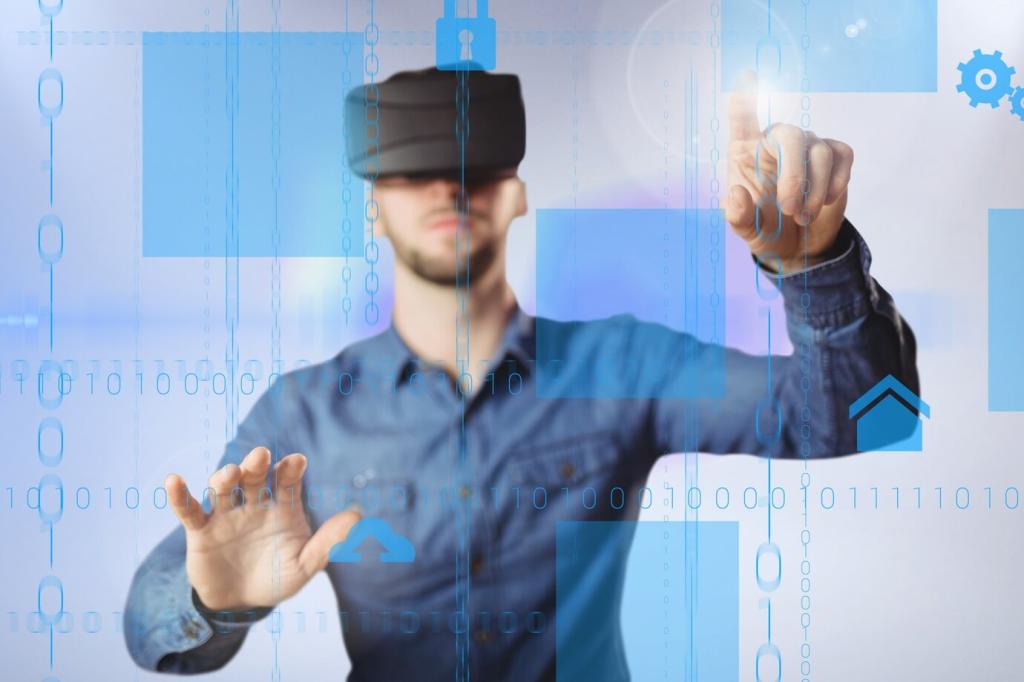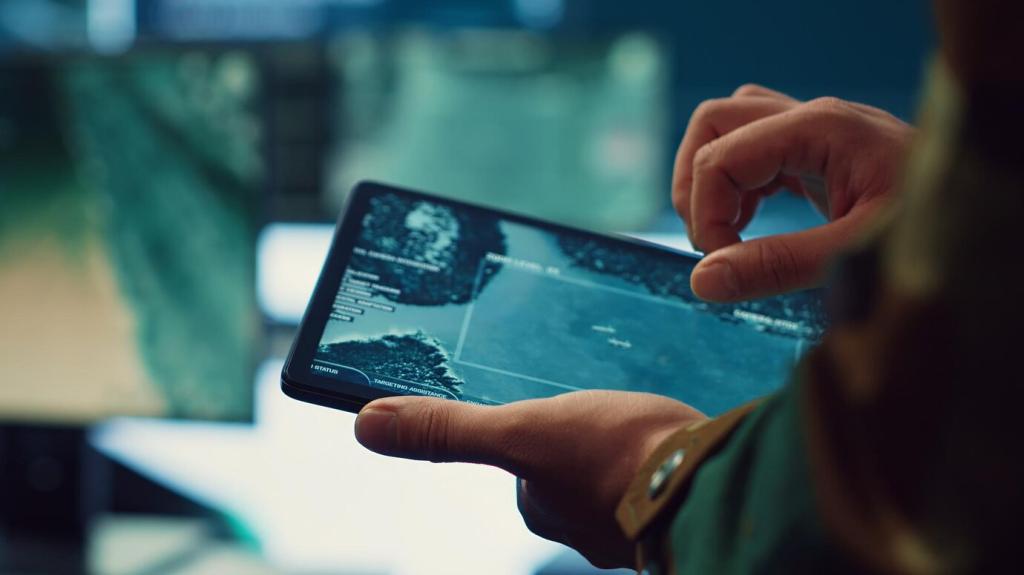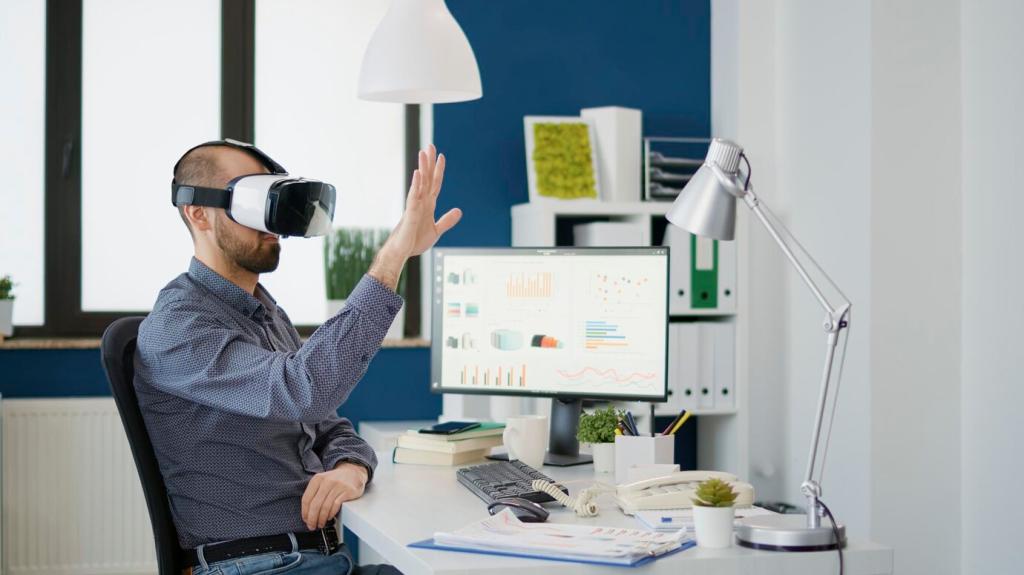
Inside the Wins: Case Studies of Successful AR Mobile Apps
Chosen theme: Case Studies: Successful AR Mobile Apps. Step into real-world stories of augmented reality done right—what teams built, why it worked, and how you can apply these lessons. Subscribe and share your questions to shape our next case study.
Retail Try‑On That Converted: The Virtual Sneaker Mirror
In-store decision friction and online returns were stubbornly high. The team hypothesized that a fast, photoreal AR try‑on would increase confidence, reduce returns, and nudge undecided shoppers toward checkout by resolving sizing and style uncertainty instantly.

Teachers reported that 2D cutaways confused students. The app introduced layered models with tappable annotations, real-time labels, and guided challenges. Spatial pacing allowed learners to rotate, isolate components, and replay animations at their comfort level during study sessions.

Gaming Breakout: City‑Scale AR Treasure Hunt
Routes prioritized parks and plazas, not road crossings. The app nudged players toward slow zones for battles, dimmed brightness at night, and surfaced safety reminders contextually. Lightweight objectives made short sessions rewarding during daily commutes without inducing risky behavior.
Gaming Breakout: City‑Scale AR Treasure Hunt
The team combined map tiles, VPS anchors, and a custom spawn algorithm weighted by foot traffic and time-of-day. Edge caching reduced cold starts, while cheat detection flagged improbable teleportation and spoofed GPS signals without penalizing legitimate device drift.
Gaming Breakout: City‑Scale AR Treasure Hunt
Weekly neighborhood quests and monthly city events drove appointment play. Player guilds unlocked collaborative bosses requiring proximity. Day-30 retention improved to 18%. Suggest your city in the comments, and we might analyze its ideal AR event cadence.
AR Wayfinding: Navigating Complex Hospitals
Teams captured corridor imagery, set persistent anchors at major junctions, and used visual positioning to recalibrate drift. Elevators were modeled as transitions, not dead ends, preserving path continuity across floors while keeping arrows steady at challenging lighting changes.
AR Wayfinding: Navigating Complex Hospitals
Users reported calmer arrivals and fewer late check-ins. Volunteers used AR to escort visitors, reducing front desk congestion. Staff appreciated doorway labels with department codes, which shortened intra-hospital errands and improved orientation for rotating nurses and visiting specialists.


Brand Activation at Scale: AR Filters That Drove Sales
Scanning the can spawned a miniature concert where mascots riffed on regional music styles. Color themes matched flavor notes, and easter eggs unlocked discounts. The narrative rewarded repeat scans across variants, encouraging collection rather than one-and-done novelty.
Healthcare Training: AR Procedures for Nurses
Simulation Fidelity and Haptics
High-fidelity mannequins combined with depth-anchored overlays showed vessel paths and recommended angles. While true haptics were limited, timed prompts and resistance cues through the trainer provided tactile proxies that aligned with visual guidance and improved muscle memory.
Pilots, Compliance, and Data Privacy
The team anonymized performance metrics, stored on hospital servers behind role-based access, and aligned with clinical governance protocols. Iterations focused on sterile field reminders and step locks to prevent skipping critical checks during rushed practice sessions.
Outcomes and Lessons for Scaling
Competency assessments improved, with fewer sequence errors and faster procedure times. Trainers reported better self-assessment discussions. Considering a clinical AR pilot? Drop your specialty area, and we will share a starter rubric for evaluating procedural candidates.


Monetization Patterns Across Successful AR Apps
Try‑on apps unlocked premium wardrobe planning; education offered advanced modules and teacher tools; games sold time-saving cosmetics, not power. Users paid when AR saved effort, clarified choices, or enriched moments. Tell us your model, and we will critique positioning.
Monetization Patterns Across Successful AR Apps
Contextual placements worked when ads aligned with scene intent—nearby store availability after try‑on, museum discounts during learning. Intrusive pop-ups broke immersion. Align ad formats with moments of completion or curiosity to avoid eroding session satisfaction.
